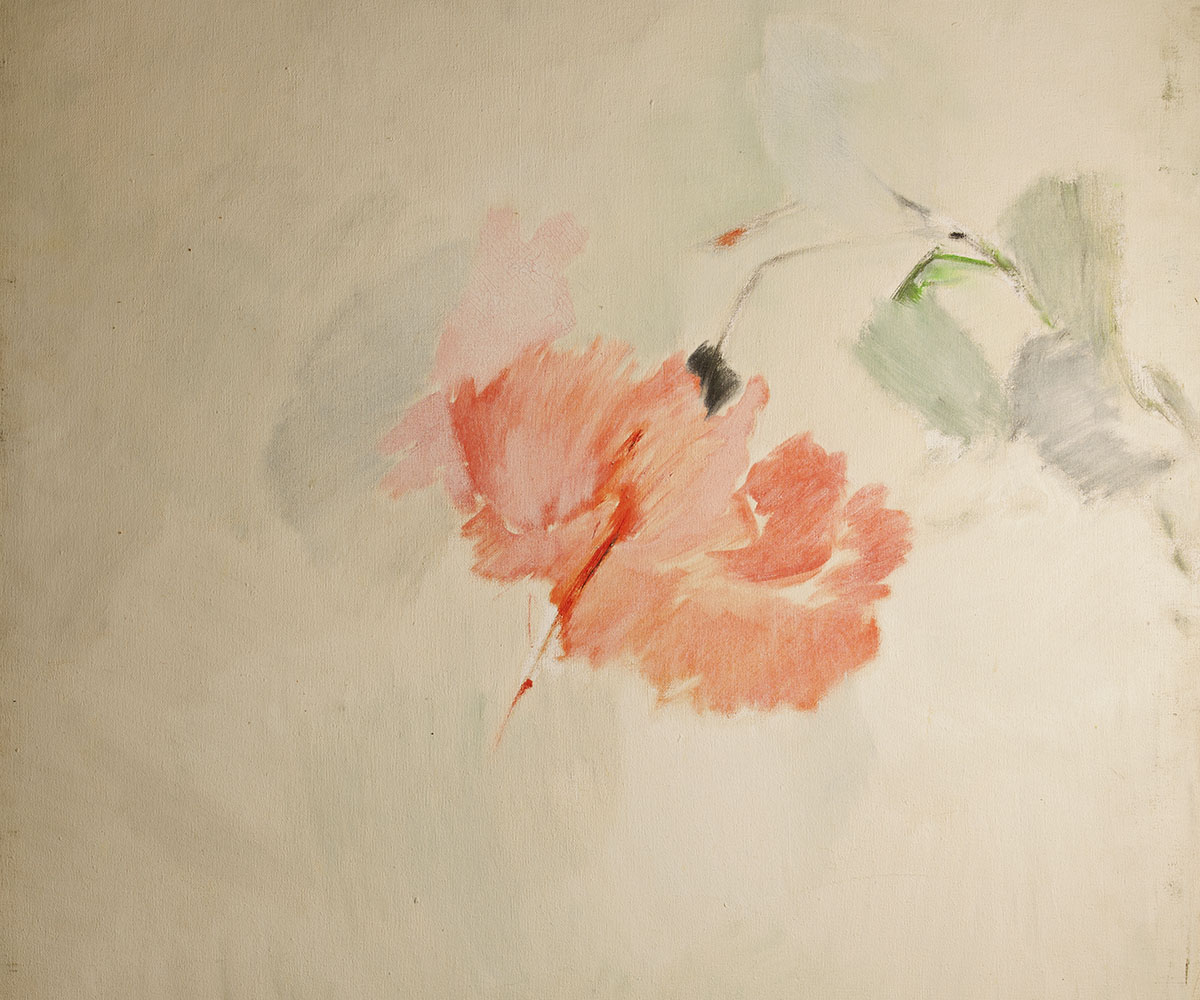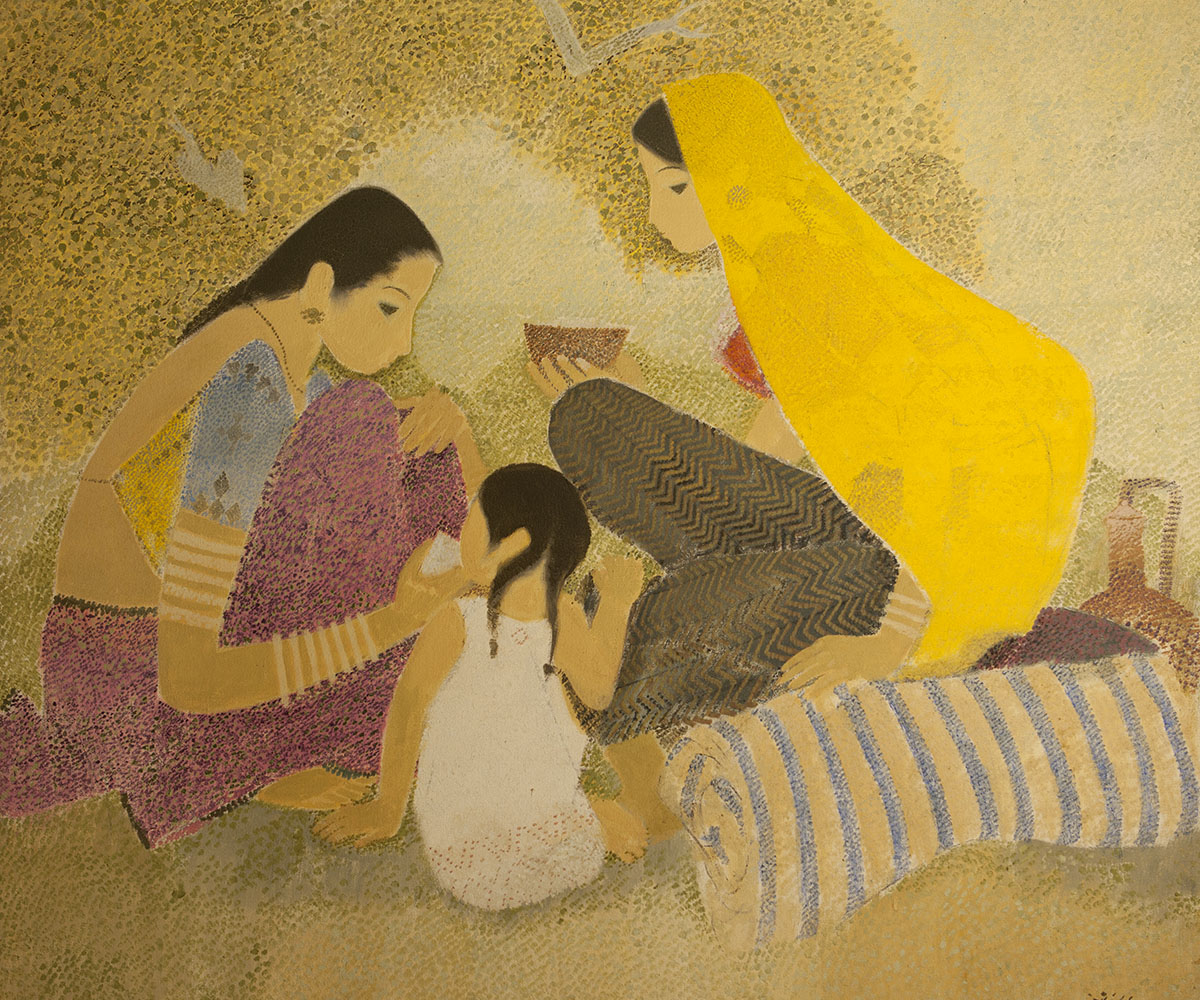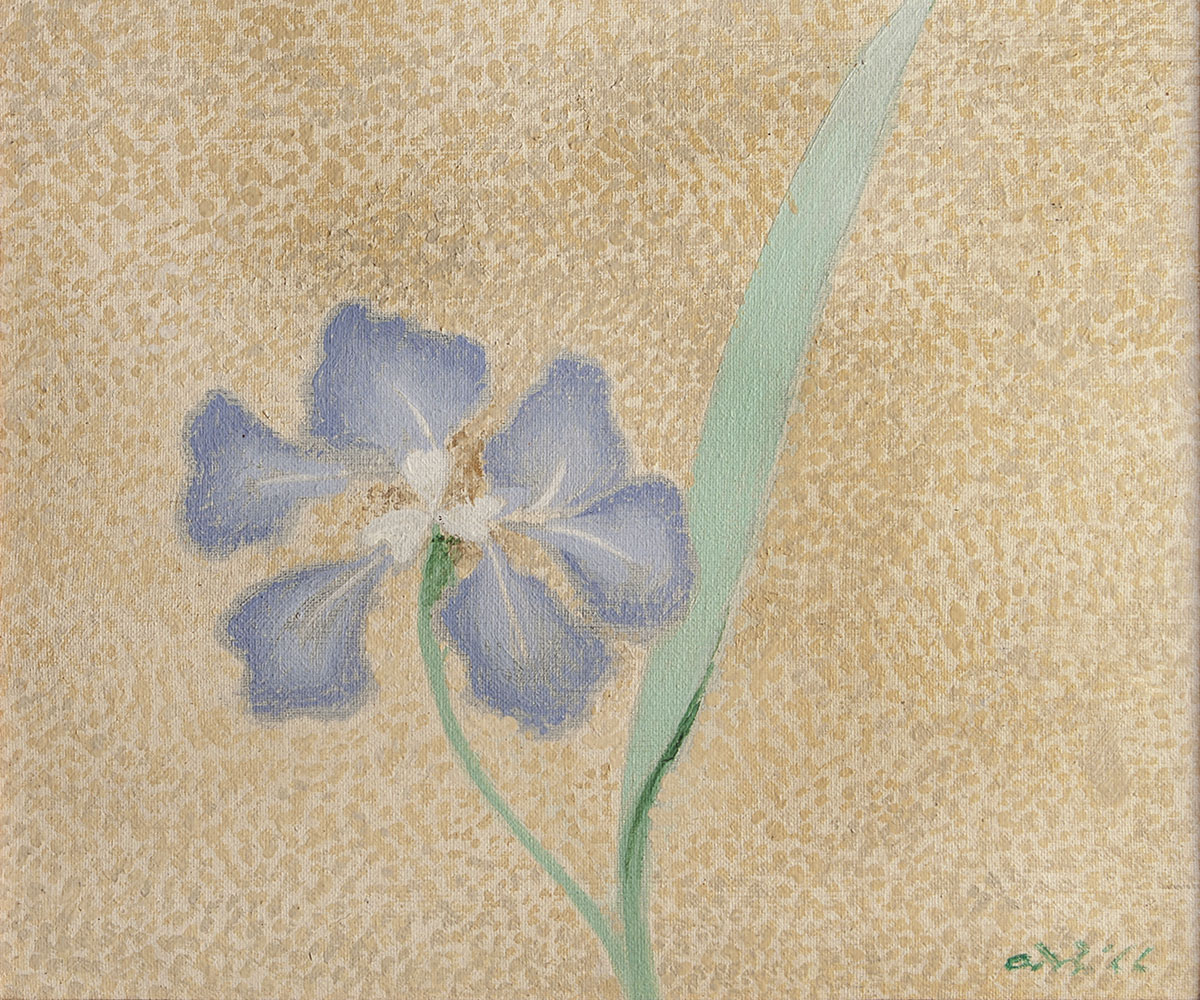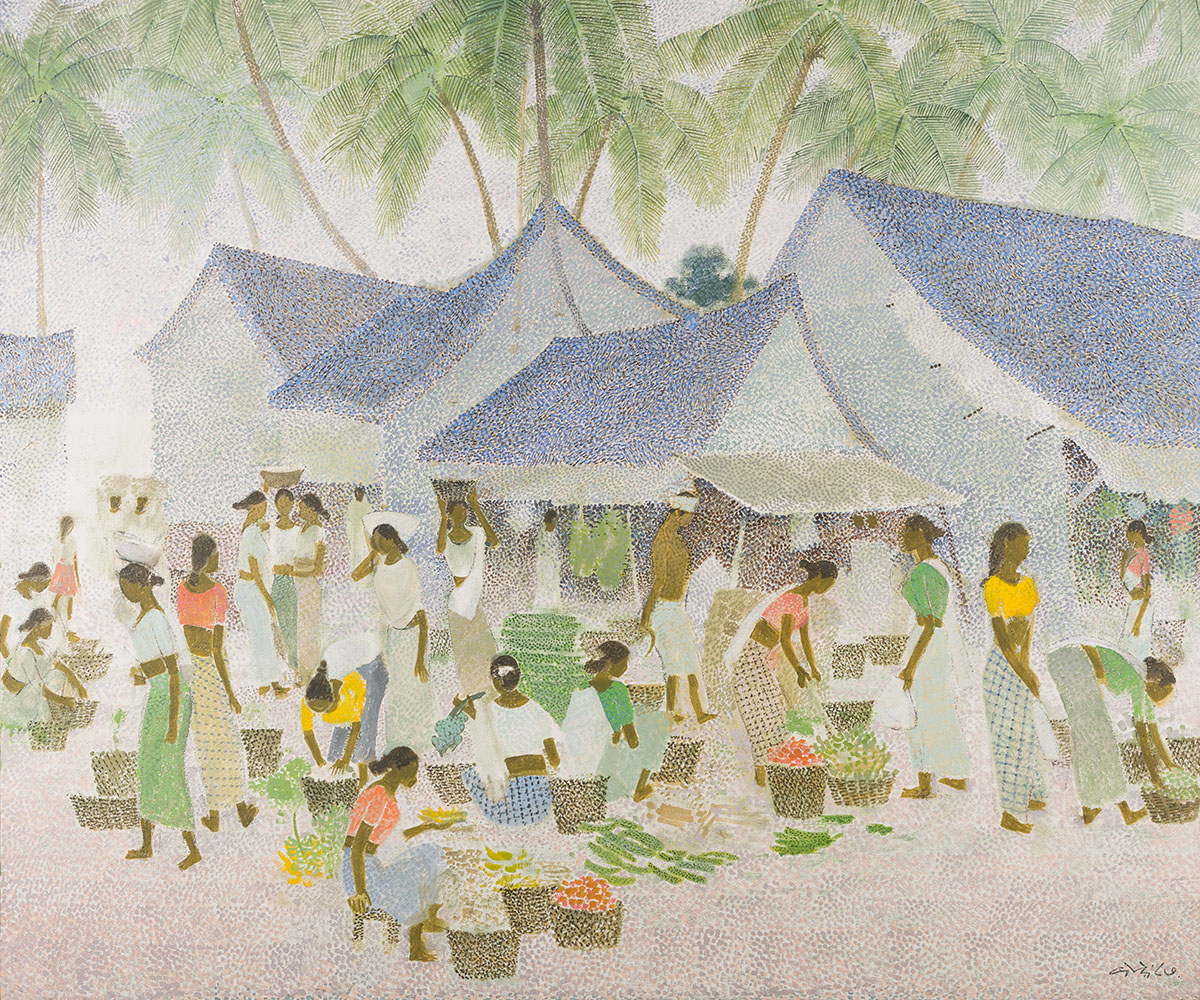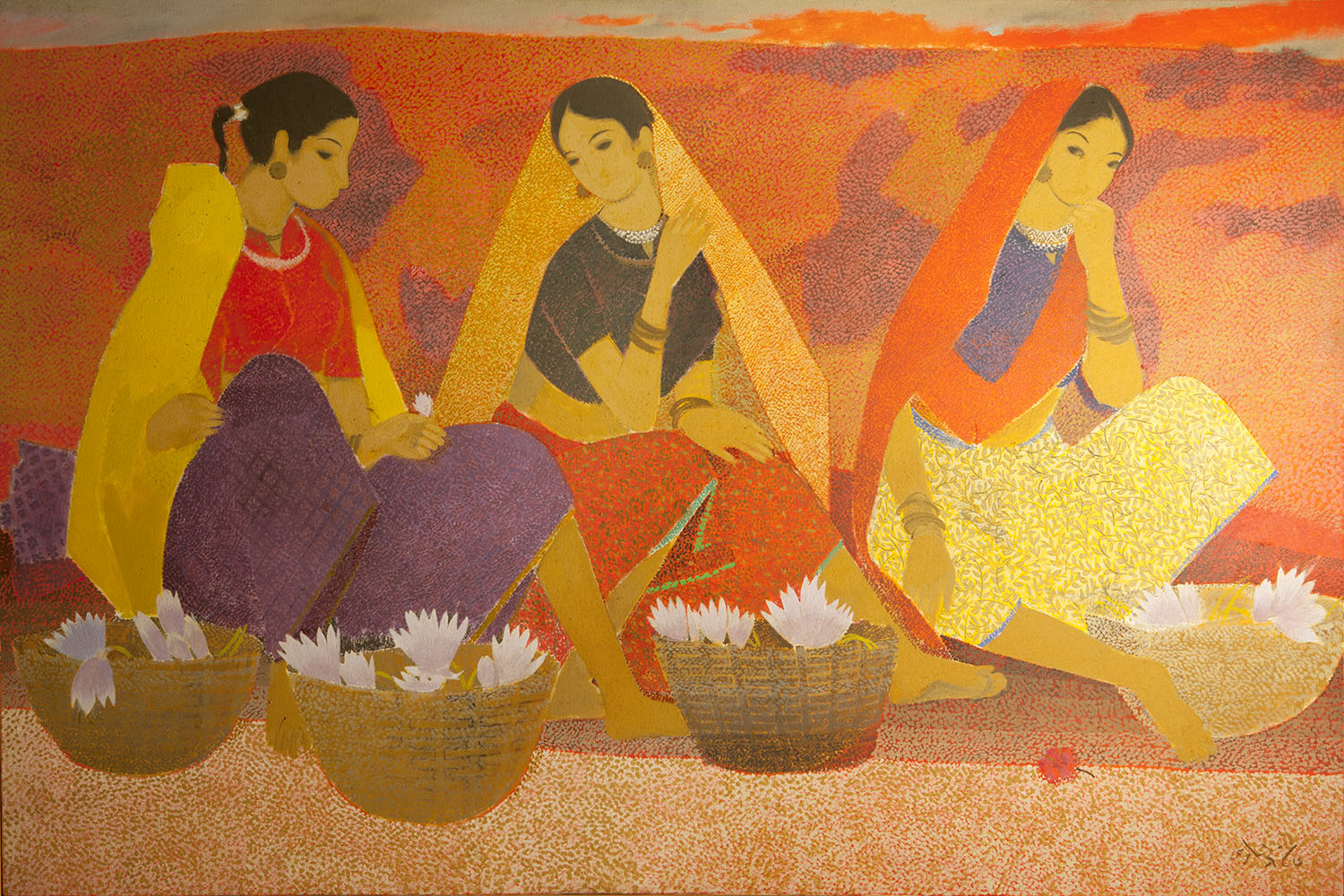ARTICLE
NS Bendre
An Indian Modernist artist, painter and educator, Narayan Shridhar Bendre was born in Indore, Madhya Pradesh. Bendre is known for forming the Baroda Group of Artists in 1956 and founding the Lalit Kala Akademi, New Delhi, in 1954. The dominant subject of his artworks was landscapes and portraits rendered in different stylistic idioms.
Bendre received his initial art education at Holkar College, Agra University and a diploma from Indore School of Art under the guidance of DD Deolalikar. His classmates and close friends in Indore were VA Mali, KK Hebbar, Siavax Chavda, VP Karmarkar and DJ Joshi . In 1934, he was awarded a diploma in art at Sir JJ School of Art, Bombay (now Mumbai). His early work consists of landscapes and portraits made with oils and gouache. Bendre travelled extensively across India and took a job as a commercial artist in the Department of Tourism, Srinagar, where he spent three years sketching and painting.
After a short stay as a guest artist in Santiniketan in 1945 where he met Nandalal Bose, Ram Kinkar Baij and Binode Behari Mukherjee, Bendre was drawn to Modernism. Inspired by their insights, perceptions and stimulating ideas, Bendre started experimenting with stylistic characteristics of Post-Impressionism, Fauvism and Expressionism. In 1947, he toured the USA and studied graphic art under Armin Landeck at the Art Students League in New York. In the late 1940s, Bendre witnessed the formation of Progressive Artists Group (PAG) in Bombay. His visit to China in 1953, enhanced his interest in understanding light. Post-Impressionist painters Pierre Bonnard and Jean-Édouard Vuillard, known for capturing atmospheric light in their works, were Bendre’s favourite artists.
In 1950, Bendre became the head the Department of Painting at the Faculty of Fine Arts, Maharaja Sayajirao University, Baroda (now Vadodara). He had great skill in drawing from life and excellent control over different media like charcoal, crayon, watercolour and oil. Bendre imparted formal skills to his students and the first batch comprised of Jyoti Bhatt, Vinodray Patel and Feroze Katpitia. Bendre was very supportive of his students. When three of his students, Shanti Dave, Triloke Kaul and GR Santosh decided to exhibit their works together in an exhibition, Bendre suggested that he along with some senior artists would also join them. This is when Bendre founded the Baroda School in 1956, and planned its first exhibition in Mumbai. The Baroda group became a forum and a creative hub of contemporary painting and sculpture in Gujarat. Bendre encouraged and mentored a whole generation of artists like Jeram Patel, Balakrishna Patel, Mansingh Chhara, Kishori Kaul, Prafful Dave, Ghulammohammed Sheikh, Ratan Parimoo, Naina Dalal, Jayant Parikh and Farokh Contractor. In 1966, Bendre resigned from the Faculty of Fine Arts and started working and showcasing his works in Mumbai. A retrospective of his works was held at the Lalit Kala Akademi in Mumbai in 1974. He was awarded the Aban-Gagan Puraskar from Visva Bharati University, Santiniketan and the Kalidas Samman award in 1984. He was honoured with the Padma Shri in 1969 and the Padma Bhushan in 1992 for his contributions to art.
Bendre died in 1992, at age 82, in his home in Mumbai.
Bibliography
Our website is currently undergoing maintenance and re-design, due to which we have had to take down some of our bibliographies. While these will be re-published shortly, you can request references for specific articles by writing to hellomapacademy@map-india.org.




